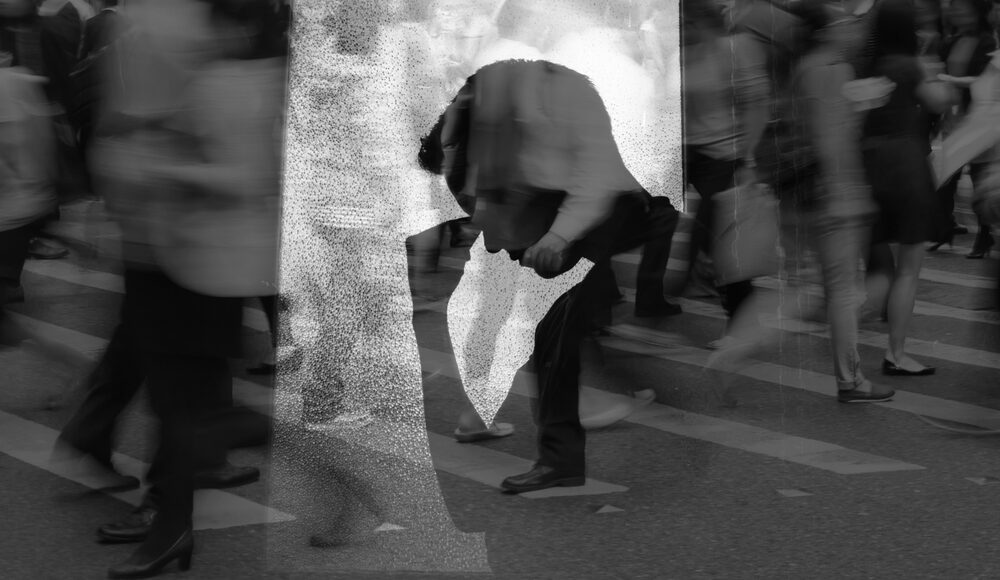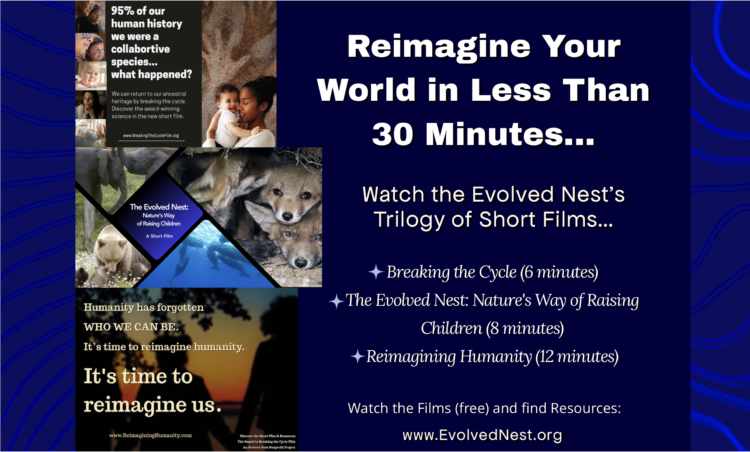The Loneliness Epidemic Eating Our Hearts (and Bodies)
- There are three types of loneliness
- Pay attention to feelings of loneliness like you would hunger or thirst
- The arts provide remedies for loneliness
- Loneliness starts in babyhood

The U.S. Surgeon General has published a report on the surging epidemic of loneliness among the US population (Murthy, 2023). Researchers find that loneliness is burgeoning across the world (Surkalim et al., 2022). Loneliness is linked to physical and mental ill health and increased mortality (Caccioppo & Patrick, 2008; Holt-Lunstad et al., 2015).
In his book, Project Unlonely, Jeremy Nobel breaks down loneliness into three types: psychological, social, and existential.
He defines psychological loneness as a longing for connection that is not there. He mentions that it starts in infancy when caregivers are missing.
Societal loneliness is the overwhelming feeling of not belonging, not fitting in, including being excluded or rejected. In a culture of groups that cohere based on exclusion, this can be a common experience.
Existential loneliness is spiritual loneliness, a lack of deep meaning in one’s life. He says it is part of the human condition (I would say, for the capitalist-industrialized world, not for traditional societies).
Nobel contends that a feeling of loneliness should be attended to just like we attend to being thirsty or hungry. One has to recognize which kind of loneliness one has, and then try to remedy that type. To remedy psychological loneliness, one may need to make new friends. To remedy societal loneliness, one may need to find a group where one fits in. For existential loneliness, spiritual practices provide a remedy.
But every kind of loneliness can be alleviated with creative arts, as Nobel has shown through his Project Unlonely. This is because the brain areas for social connection and artistic expression overlap. So whether in a group or on your own, creating an artistic expression of how you are feeling will help you feel less lonely. And sharing it with others promotes social connection.
Loneliness Starts in Babyhood
The focus of loneliness research is on those who can answer surveys, so it is missing the initial roots of loneliness for most people in our society: Babyhood.
Babies are born expecting continuous connection with mother and responsive caregivers. Human babies are like fetuses of other animals until around two years of age, meaning that their needs should be recognized and met quickly during this time of rapid brain growth (e.g., doubling volume in the first year).
Babies feel and express psychological loneliness when separated from mother, from the nourishment of touch, breastmilk, loving care. They don’t know their parent is on the other side of the door loving them.
Babies feel and express social loneliness when they are left alone, away from the group of responsive carers. They don’t know that it’s good for them to act independent during their very dependent years of life.
They feel existential loneliness, like their life has no meaning. They feel hopeless, helpless, anxious and unloved—all indicators of cognitive despair.
Making meaning out of psychological and social loneliness, they interpret these experiences as indicators that they are unlovable, a deep feeling they will carry forward throughout life. They live as if on the edge of an abyss of despair and for the rest of their lives try to avoid that feeling of being extinguished. They may not remember it consciously, but the body remembers. And they will do anything to avoid the triggers of the deep anxiety they learned early on.
References
Cacioppo, J. T., & Patrick, W. (2008). Loneliness: Human nature and the need for social connection. WW Norton & Company.
Holt-Lunstad, J., Smith, T.B., Baker, M., Harris, T., & Stephenson, D. (2015). Loneliness and social isolation as risk factors for mortality: A meta-analytic review. Perspectives on Psychological Science,10(2), 227-237. doi: 10.1177/1745691614568352.
Murthy, V. (2023). Our epidemic of loneliness and isolation: The U.S. Surgeon General’s advisory on the healing effects of social connection and community. Surgeon General’s Office.
Nobel, J. (2023). Project Unlonely: Healing our crisis of disconnection. Avery.
Rothschild, B. (2000). The body remembers: The psychophysiology of trauma and trauma treatment. New York: W.W. Norton.
Surkalim, D.L., Luo, M., Eres, R., Gebel, K., van Buskirk, J., Bauman, A., & Ding, D. (2022). The prevalence of loneliness across 113 countries: Systematic review and meta-analysis. BMJ, 376, e067068. doi: 10.1136/bmj-2021-067068



